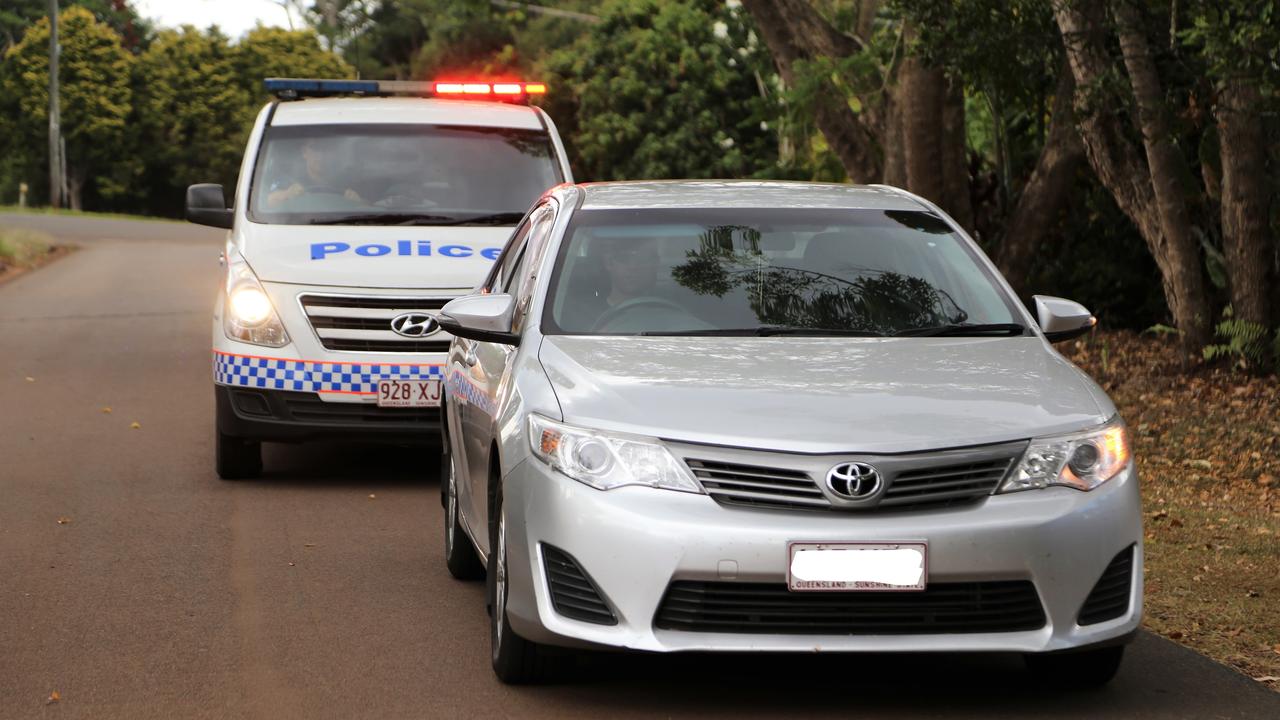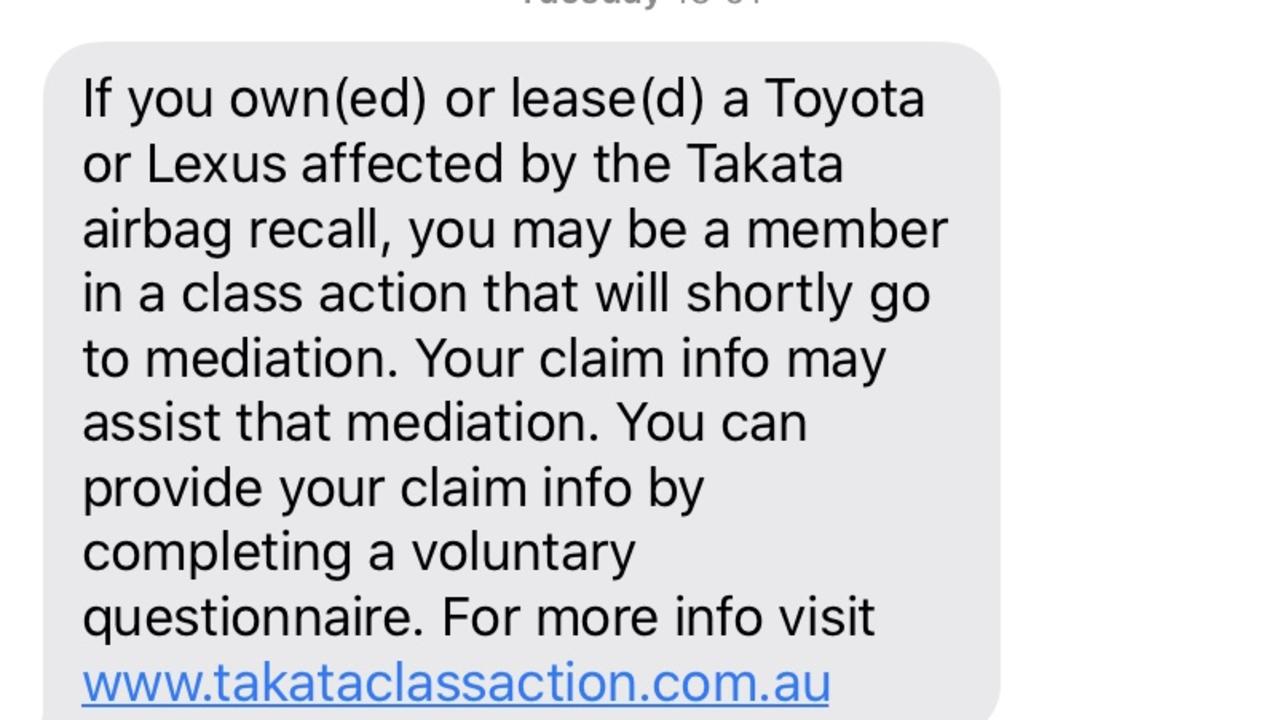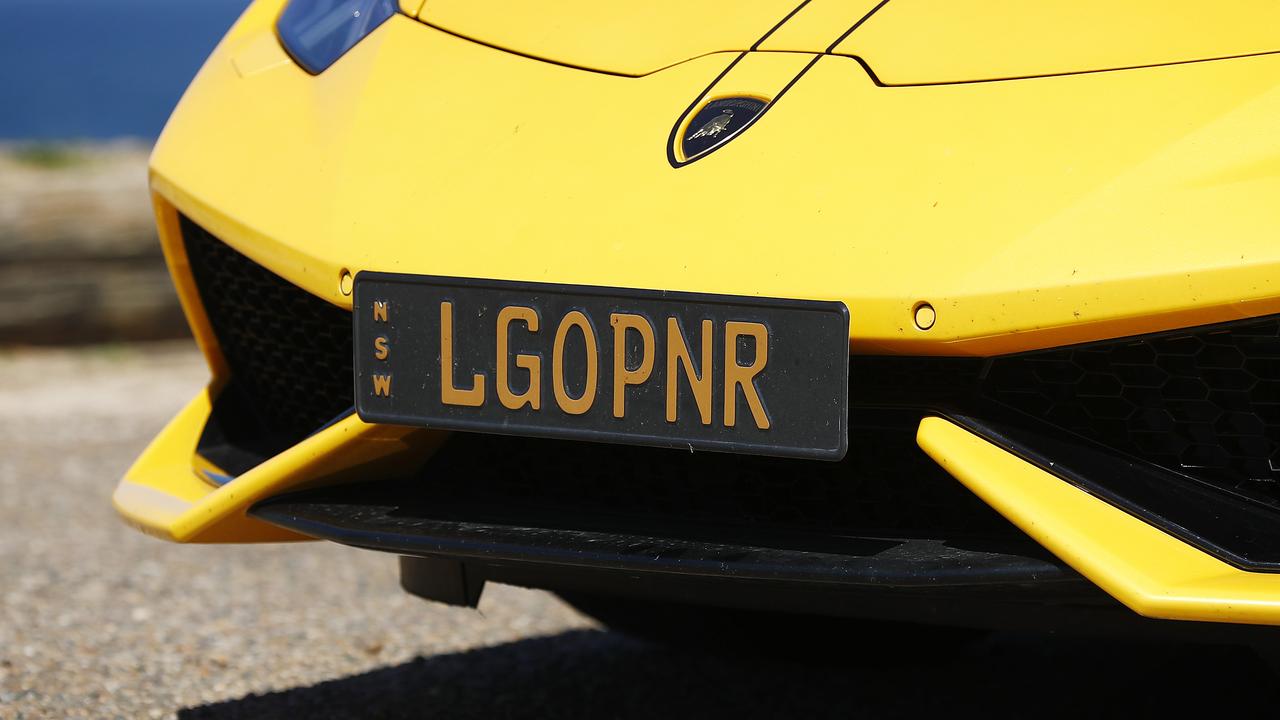Aussie drivers extremely distracted behind the wheel, scientists claim
WHEN it comes to driving, Aussie motorists make this common mistake every 96 seconds. And it’s not just stupid it’s also deadly.

AUSTRALIAN motorists are distracted by something other than driving every 96 seconds they are behind the wheel, a landmark study has found.
The research, conducted by Monash University’s Accident Research Centre, is set to be published in the coming weeks.
It found that drivers are increasingly engaging in activities other than concentrating on the road — increasing their risk of crashing nearly tenfold.
Researchers from universities in Adelaide, Sydney, Melbourne and Brisbane examined 117 drivers from NSW and Victoria over a period of four months.
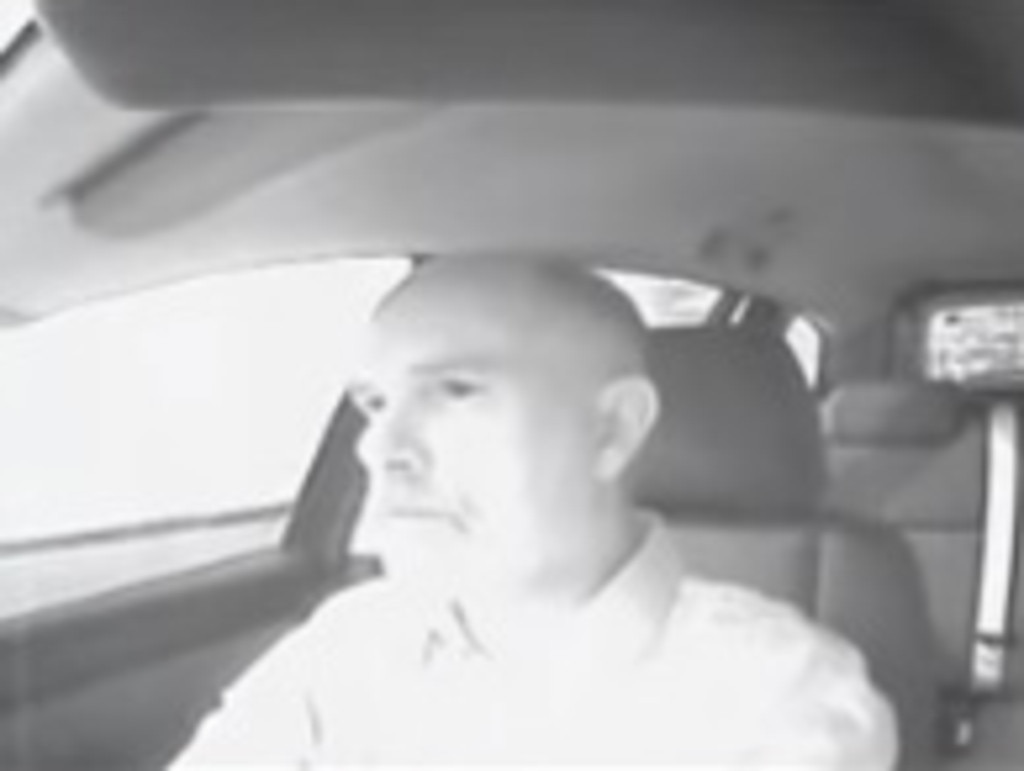
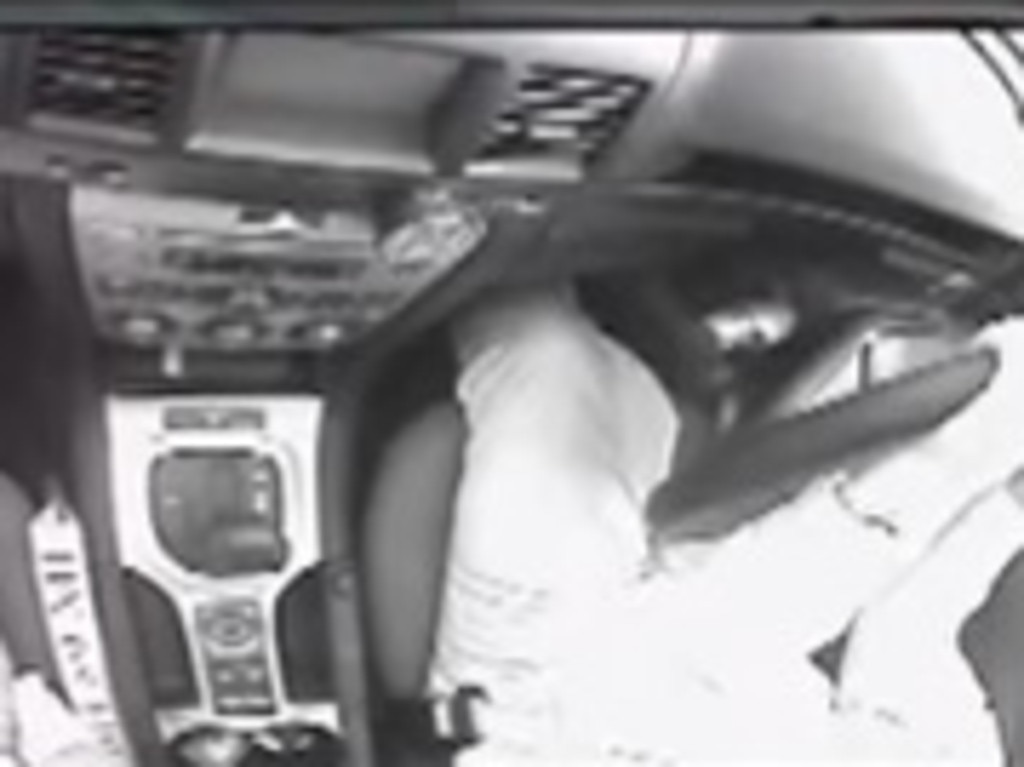
Each participant’s car was fitted with four cameras — on the windscreen, the rear window, the driver’s face and above the vehicle cockpit — in order to monitor their behaviour when their vehicle was running.
Lead author Dr Kristie Young said the research was designed to understand what drivers really do inside their cars.
“We have very little data on how drivers behave out on the roads so we thought it was important to understand their behaviour during this time,” Dr Young said.
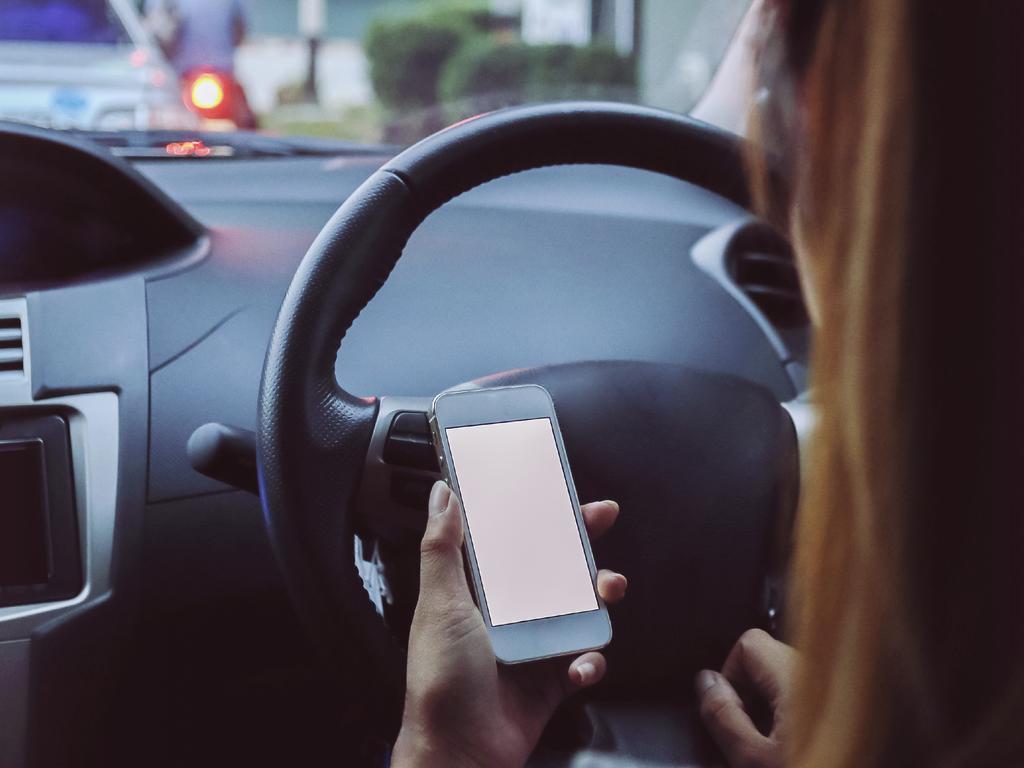
Of the 185 trips examined, more than 1600 distractions were observed and 6 per cent of these resulted in a safety-related incident.
The study found that people spent almost half of their total driving time (14 minutes on average) distracted — or performing “secondary tasks” to driving.
“We were quite surprised that the numbers were that high. We were not expecting it,” Dr Young said.
While most drivers were distracted by one task, the study found that a staggering 20 per cent of drivers did several things at once while driving.
This could include eating while talking on the phone, or adjusting the radio while on the phone, all of which drastically increases the risk of crashing.
Researchers noticed a distinct increase in unsafe driving behaviour when drivers were seen doing other things inside their cars.
ADJUSTMENTS
According to the study, people were mostly distracted by adjusting buttons on the centre stack or playing with seatbelts.
These activities took five seconds or less and accounted for about 35 per cent of all distractions.
The drivers also peered at their phones regularly and spoke on their phones which accounted for 23 per cent of all unsafe driving behaviour or conflict with other drivers on the road.

GROOMING AND EATING
Another interesting find was that motorists did a lot of self-maintenance while driving.
“Personal grooming was a big one. That involves people doing things like brushing their hair, brushing their teeth or putting on make-up,” Dr Young said.
Eating and drinking made up a large part of driver distractions, a task Dr Young urged drivers to avoid.
“We found that eating and drinking while driving accounted for about 3 per cent of all extra tasks they were doing,” she said.
“Eating and drinking are long activities and drivers tend to complete these in the space of several minutes which means they’re exposed to danger for longer as well.”
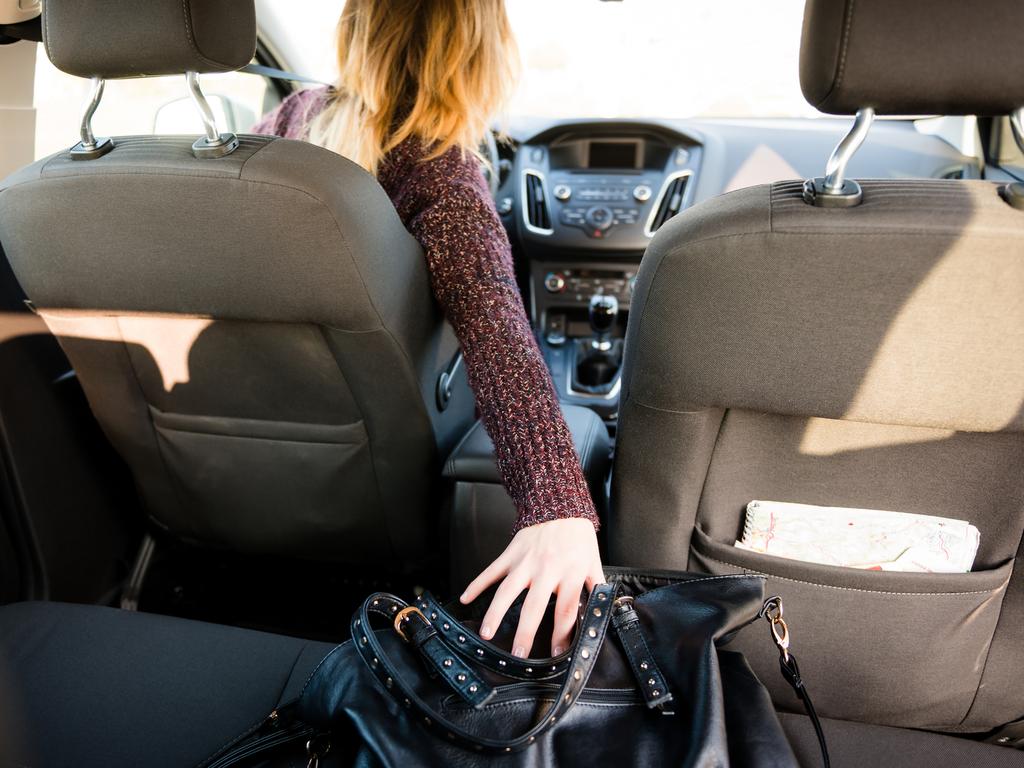
REACHING
One of the most concerning discoveries was that about 7 per cent of all distractions of drivers involved physically reaching for things like sunglasses, food or bags in their car.
“We saw a lot of people reaching for objects like their phone which really surprised us because we know that this task is really quite dangerous,” Dr Young said.
“Reaching for things while you’re driving can increase your risk of being involved in a crash by nine times.”
Dr Young said drivers needed to be made aware of the risks associated with reaching for items while in your car.
She said she hoped the study would make drivers aware of how easy it can be to lose control of a vehicle and place many lives at risk on the road.
“A lot of drivers do these things automatically and are unaware that they’re engaging in this behaviour,” Dr Young said.
“It’s really important to highlight what drivers are doing and where we may need to focus our efforts in terms of counter measures.
“Anything that takes your eyes off the road for two or more seconds doubles the risk of you crashing.”

